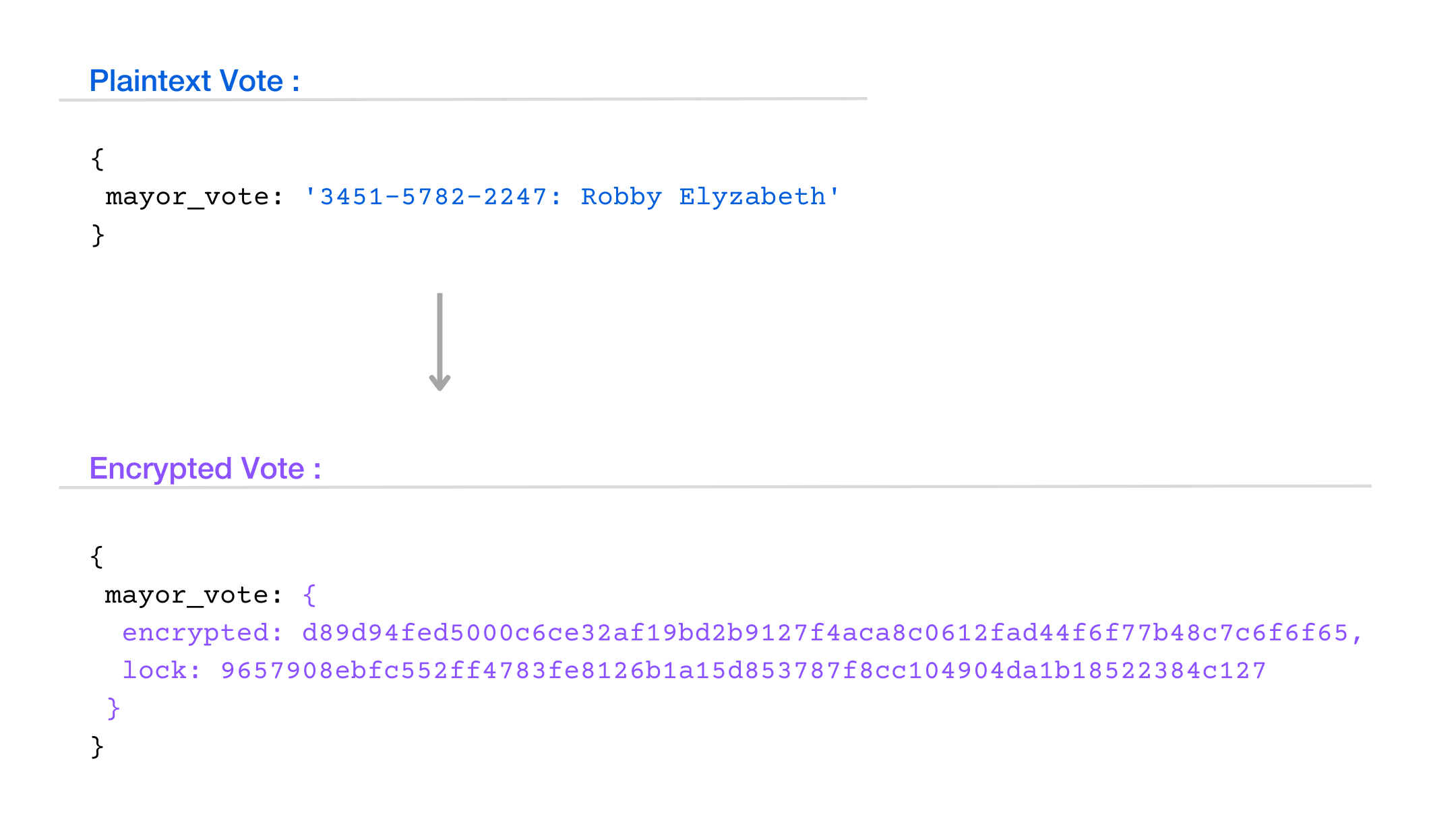Private Voting
For a truly "Free and Fair Election," voters must be able to make their choices freely, without anyone learning how they voted, including election officials and technology providers.
Strong security comes from independently verifiable privacy design, not just unverifiable promises to delete data without looking. It is not simply a question of ethics or ill-intent, but also resistance from vendors' systems being compromised.
The goal of SIV is to ensure that the privacy of the voter is upheld, and that only the voter should be aware of how they voted — while simultaneously upholding One Person, One Vote and Verifiable Results.
How Privacy is Achieved
Cryptographic Privacy
Using Threshold Key Cryptography (opens in a new tab), the SIV system does not allow anyone, including the election administrators and the SIV infrastructure, to see how anyone else voted.
Once a voter makes their selections, all their choices are encrypted on their voting device using Elliptic Curve Cryptography, which is infeasible to brute-force computationally. The plaintext of how they vote never leaves their device.

This scrambled vote can only be unlocked by a single private key, which is infeasible to guess (only one out of 10^77 possibilities — takes more energy than the sun will produce in its lifetime). The private key itself is split among multiple parties: each one adding an additional layer of privacy against compromise.
Once all votes are received, they undergo a thorough anonymization process, based upon a cryptographic shuffle (see Further Reading for details). Finally, all anonymized votes are securely unlocked from their encryption so their contents can be tallied up.
This process matches the expectations of paper ballot anonymization, where voters' identification is separated from submitted ballots. The SIV system offers even more rigorous privacy, so nobody has the ability to connect vote contents to voters' identities, while maintaining complete auditability of who voted and verifiability of final results.
Air-gapping
The SIV design also allows voters to prepare their encrypted vote submission on an “air-gapped” device for extreme assurance that even their device cannot snoop on their selections. This protects against voter's own devices being compromised by spyware, as well as the SIV voter software being compromised for surveillance.
This is an advanced feature that is strictly optional for voters to use. It can be activated manually by running the SIV source code yourself, or automatically by turning off your device's internet connection while on a Vote page:

Further Reading
This page is a high-level summary of how SIV privacy is achieved. For detailed explanations, read further:
- 15 Minute Overview → Verifiable Shuffle (opens in a new tab), Votes Unlocked and Tallied (opens in a new tab)
- Technical Specifications → Before Election: Registering Privacy Protectors, Election Begins, Voting Period Ends
- Mitigating Attacks → Privacy Violations
- Mitigating Attacks → Vote Selling